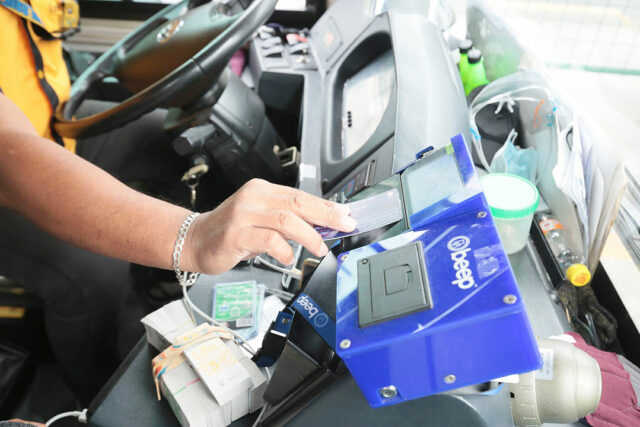Expert: Let firms, not teachers, craft tech-based learning tools
By Jomel R. Paguian
RATHER THAN lay the burden on teachers to acquire and produce technology-based learning tools, governments should collaborate with tech companies for such tasks in order to encourage younger talents to embrace the teaching profession, an education technology (EdTech) expert said.
Addressing the 10th Asia Development Bank (ADB) Skills Forum on Tuesday, Institution for a Global Society president Masahiro Fukuhara said the convenience of teachers, aside from students, should be considered in adopting web-based learning tools.
Mr. Fukuhara cited how Japan’s government collaborated with about 50 tech companies to provide students and teachers from each school with modern learning tools.
The initiative was a means to lessen teachers’ burden in adopting technology-assisted learning and to solve the country’s shortage of teachers.
“Japanese government cares about how we can reduce teachers’ burden [which is] one of the reasons why now we can see many Japanese graduates [who] don’t want to become a teacher. The application rate [for teachers] has decreased a lot [because there are] too many burdens, too many tasks,” Mr. Fukuhara said.
In the Philippines, the shortage of teachers has been a problem since 2019. Only 11,023 new teaching positions were filled in 2022, more than 4,000 short of the target of 15,365, the latest Commission on Audit Report showed.
Meanwhile in Indonesia, prioritizing teachers in adopting digital transformation in schools is part of their plan, according to ADB Senior Education Specialist Jeffrey Jian Xu.
“A lot of tools they’re [Indonesian government] looking at first try to empower teachers, making sure [an EdTech tool] really solves a lot of burden for teachers,” he said.
Mr. Xu added that even in schools with limited funding, the Indonesian government eyes to “make sure that every teacher has a laptop, has the quality lesson plans, has the quality materials he can use, knows how to use the right technology and the right content in the classroom.”
“Empowerment of faculty members is the first to do in terms of digital transformation,” Paulina Pannen of Indonesia Cyber Education Institute concurred.
Leveraging digital developments is one of the solutions for the learning crisis affecting 70% of 10-year-olds in low and middle-income countries who cannot read a basic statement, said Leotes Lugo Helin of the United Nations Children’s Fund (UNICEF) Learning Innovation Hub.










